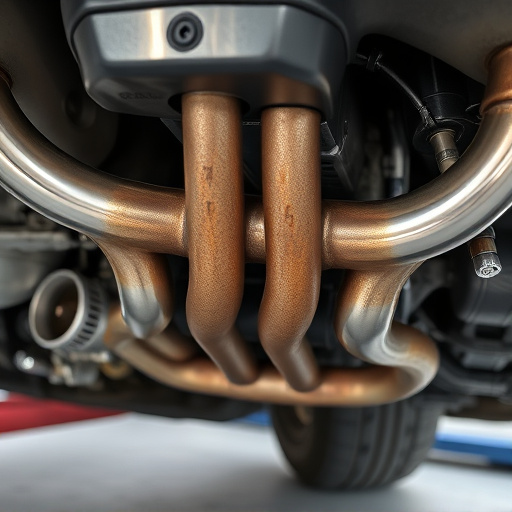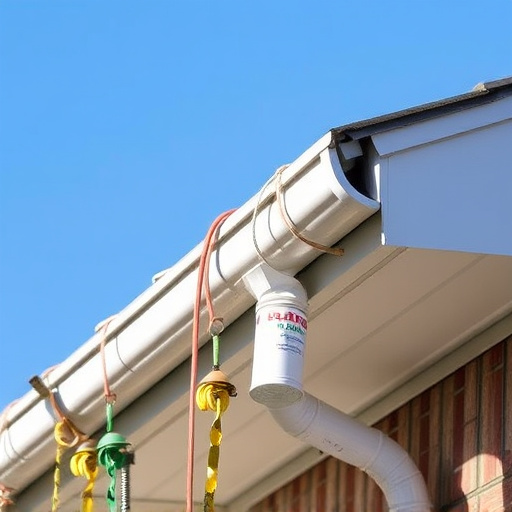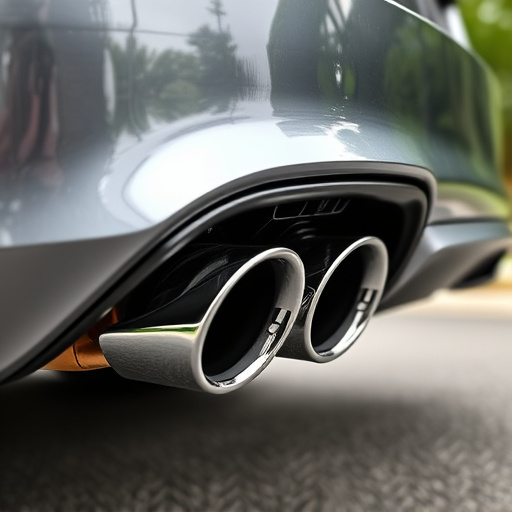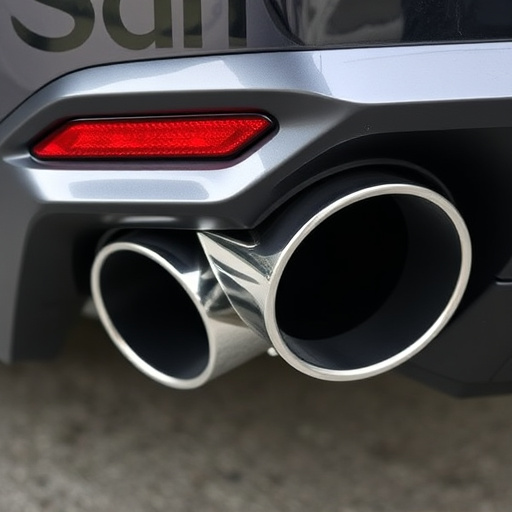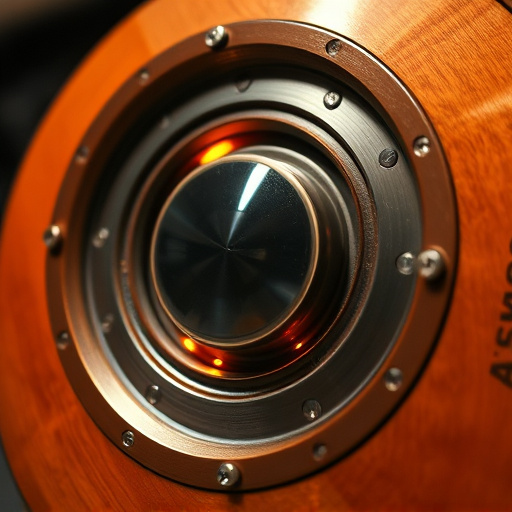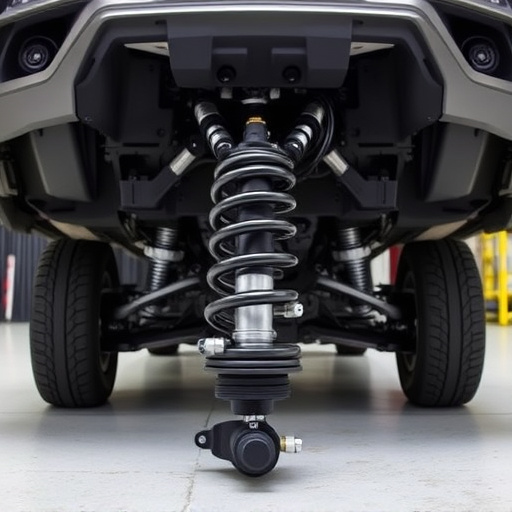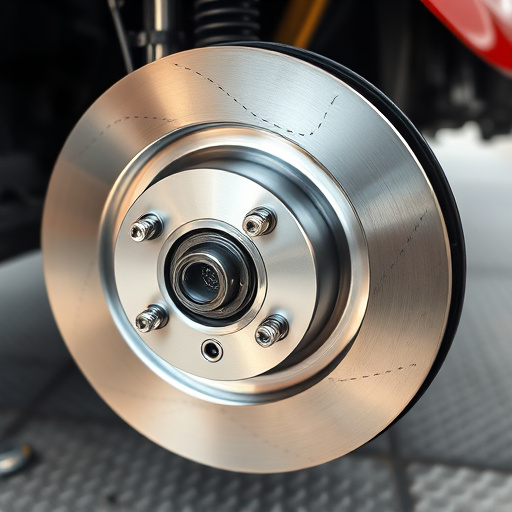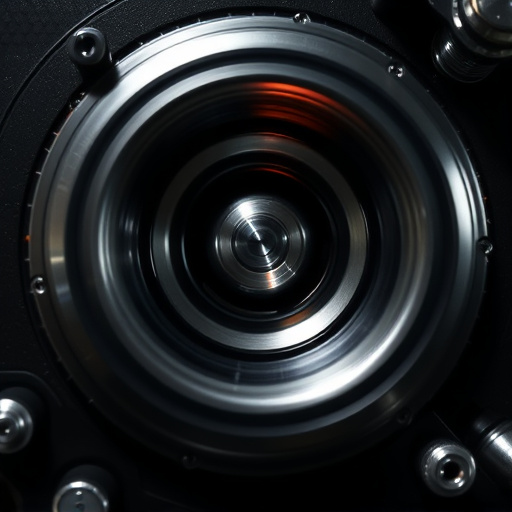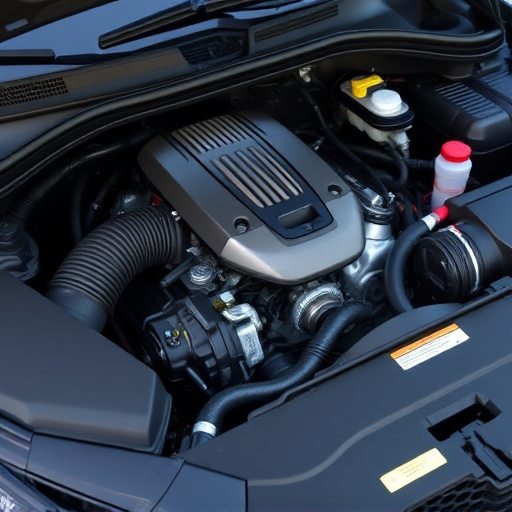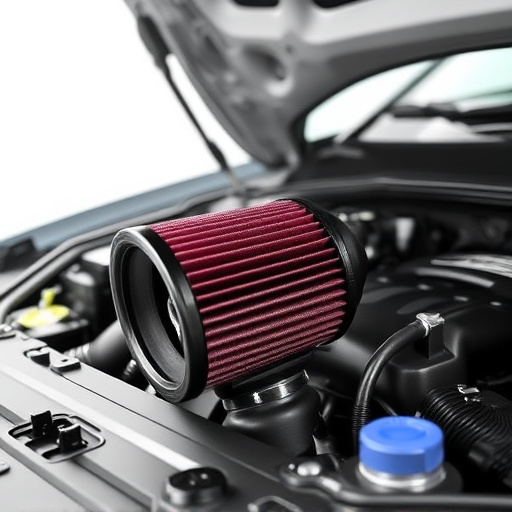Engine tuning is a meticulous process that enhances vehicle performance by optimizing components like fuel injection, spark plugs, and exhaust systems. Skilled tuners calibrate exhaust, intake, and coilover systems to achieve maximum output while meeting strict emission controls. Advanced techniques include precise fuel calibration, high-performance upgrades, tailored headers, and catalytic converters for improved efficiency, acceleration, control, and fuel economy without legal issues.
Unleash your vehicle’s true potential with precise engine tuning—a powerful tool that enhances performance without compromising emissions. This comprehensive guide navigates the fundamentals of engine tuning, balancing power and pollution control, and explores advanced techniques for peak efficiency. Discover how to fine-tune your engine, ensuring both remarkable speed and environmental responsibility. Dive into these strategies to transform your drive.
- Understanding Engine Tuning Fundamentals
- Balancing Performance and Emission Controls
- Advanced Techniques for Optimal Efficiency
Understanding Engine Tuning Fundamentals
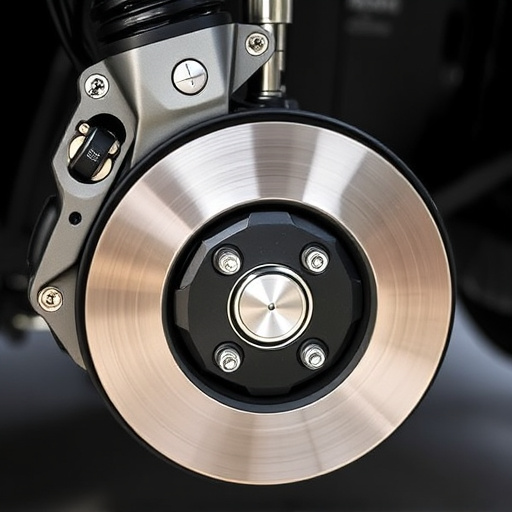
Engine tuning is a meticulous art that involves fine-tuning various components within an engine to optimize its performance. It’s about understanding how each element interacts—from the fuel injection system and spark plugs to the intake and exhaust manifolds. At its core, engine tuning aims to enhance vehicle performance without compromising environmental standards.
This process requires a deep knowledge of automotive engineering. For instance, adjusting the air-fuel mixture, optimizing ignition timing, or swapping out components like high-performance brake pads can significantly impact power output. A well-tuned engine might produce more horsepower and torque, resulting in improved acceleration and overall driving pleasure. Moreover, modern tuning techniques often involve upgrading to a cat back exhaust system for better flow, which can further enhance performance while ensuring the vehicle remains compliant with emission regulations.
Balancing Performance and Emission Controls
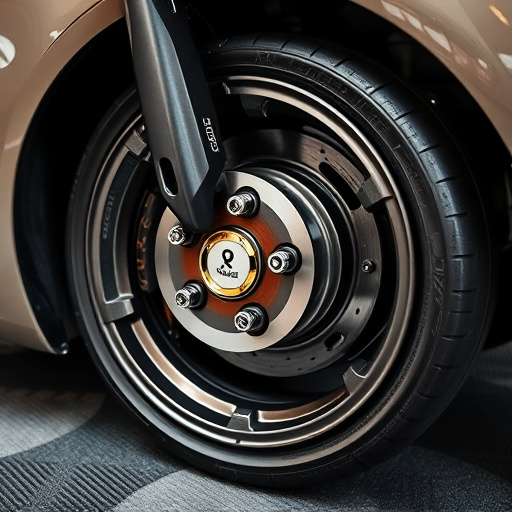
In the pursuit of engine tuning aimed at enhancing performance, it’s crucial to maintain a delicate balance between achieving swift acceleration and maintaining emission controls. Unrestrained power optimization can lead to excessive pollutants being released into the atmosphere, potentially causing environmental harm and legal issues. A skilled tuner understands this paradox and employs techniques that allow for both maximum output and minimal emissions.
This involves meticulously calibrating various systems within the engine bay. For instance, tuning exhaust systems to facilitate smoother gas flow without compromising efficiency can significantly boost performance while keeping emissions in check. Similarly, optimizing air intake systems to deliver the ideal mixture of air and fuel ensures the engine runs cleanly and efficiently. Coilover kits, when fine-tuned, can further enhance handling and braking capabilities without sacrificing environmental standards.
Advanced Techniques for Optimal Efficiency

In the realm of engine tuning, advanced techniques play a pivotal role in achieving optimal efficiency without compromising emission standards. Beyond the conventional adjustments, modern tuners employ intricate strategies to maximize power and torque while ensuring clean combustion. This involves meticulously calibrating fuel injection systems to deliver precise amounts of fuel, thereby enhancing both performance and fuel economy.
Furthermore, integrating high-performance exhaust systems can significantly impact engine tuning. Upgrading to advanced exhaust components, such as high-flow catalytic converters and tailored headers, allows for more efficient gas flow, reducing backpressure and boosting overall performance. Complementing these upgrades with high-spec performance brakes can further refine the driving experience, enabling faster acceleration and improved control.
Engine tuning is an art that, when mastered, can significantly enhance performance without compromising emissions. By understanding fundamental principles, balancing performance and emission controls, and employing advanced techniques, enthusiasts can achieve optimal efficiency. These strategies ensure not only a powerful engine but also adherence to environmental standards. This balanced approach allows for both thrilling driving experiences and a sustainable future, making it a game-changer in the world of automotive engineering.
